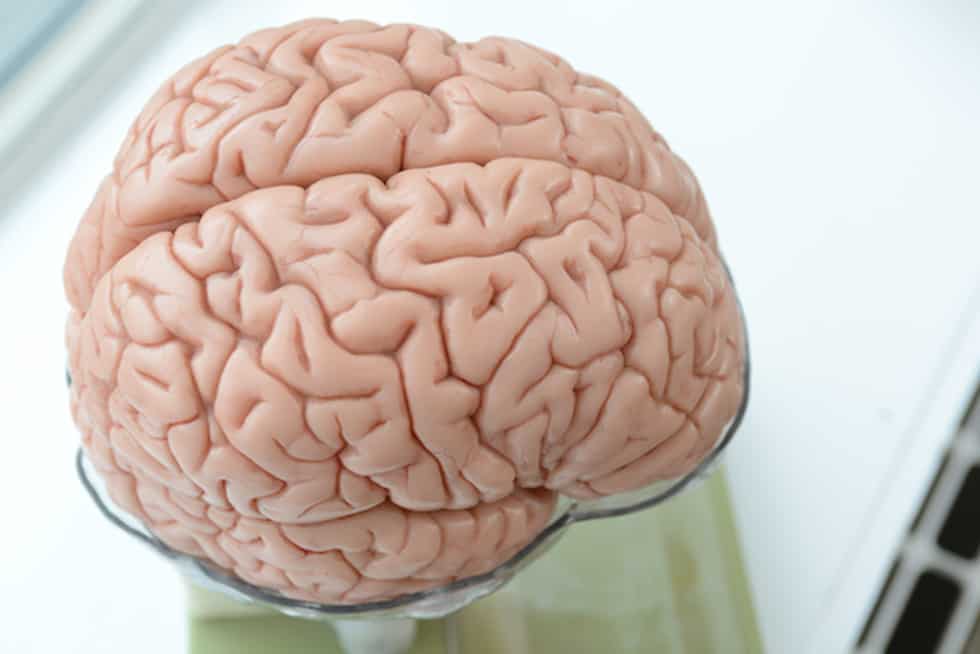3D nanoprinting project aims to replicate neural networks
Aston University is leading a project to develop 3D nanoprinting techniques that can be used to replicate the brain’s neural networks.

The MESO-BRAIN project will use pluripotent stem cells generated from adult human cells that have been turned into brain cells, which will form neural networks with specific biological architectures.
According to Aston University, advance imaging and detection technologies developed in the project will be used to report on the activity of these networks in real time. Such technology would mark a new era of medical and neuroscience research that would see screening and testing conducted using physiologically relevant 3D living human neural networks. In the future, this could potentially be used to generate networks capable of replacing damaged areas in the brains of those suffering from Parkinson’s disease, dementia or other brain trauma.
The three-year MESO-BRAIN initiative has received €3.3m of funding from the European Commission as part of its Future and Emerging Technology scheme. Aston University’s partners include Axol Bioscience, Laser Zentrum Hannover, The Institute of Photonic Sciences, University of Barcelona and Kite Innovations. The partnership brings together stem cell biologists, neuroscientists, photonics experts and physicists.
Register now to continue reading
Thanks for visiting The Engineer. You’ve now reached your monthly limit of news stories. Register for free to unlock unlimited access to all of our news coverage, as well as premium content including opinion, in-depth features and special reports.
Benefits of registering
-
In-depth insights and coverage of key emerging trends
-
Unrestricted access to special reports throughout the year
-
Daily technology news delivered straight to your inbox










Water Sector Talent Exodus Could Cripple The Sector
Maybe if things are essential for the running of a country and we want to pay a fair price we should be running these utilities on a not for profit...